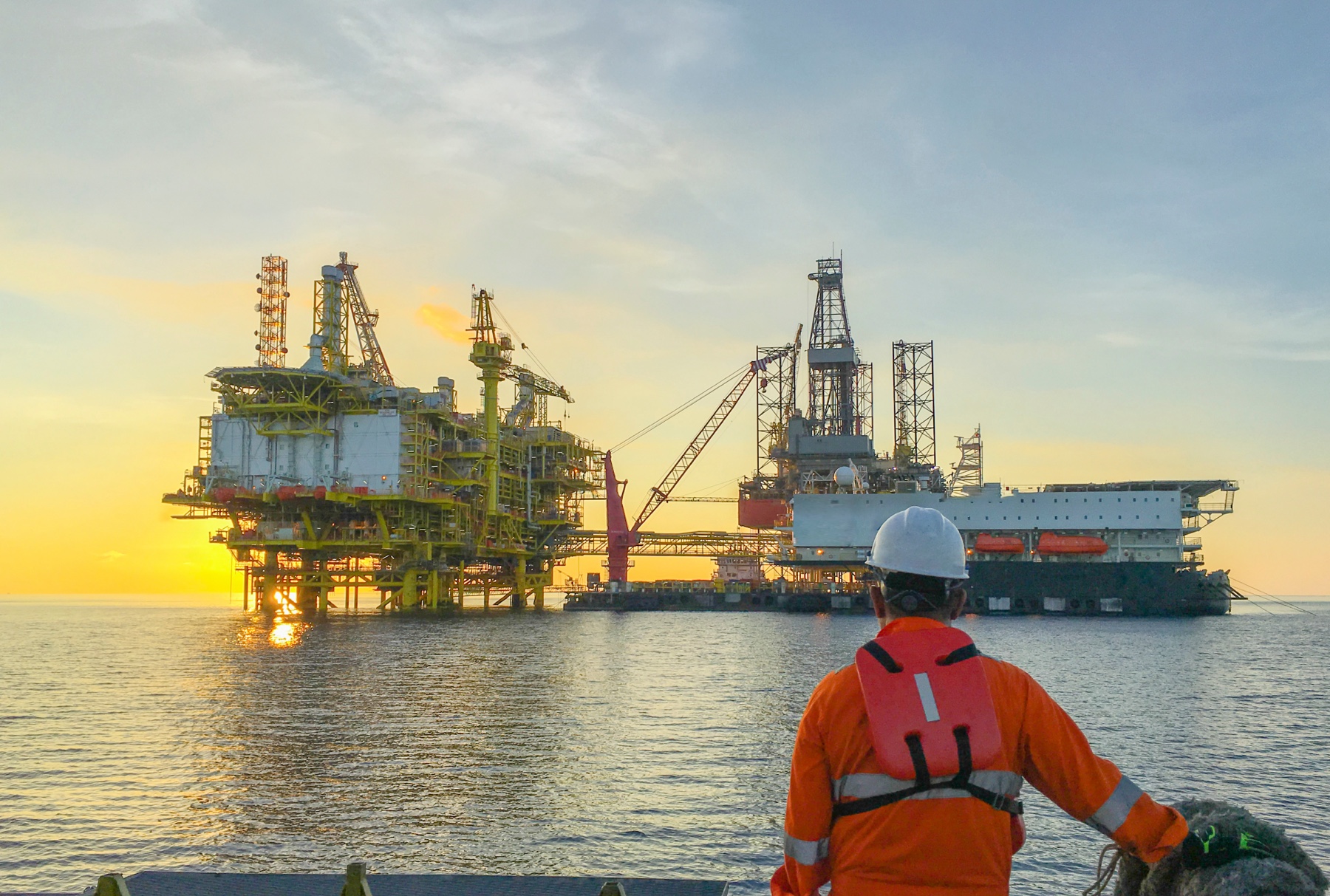AZPILOT
Training the maritime sector in azmuthing control.
Project leader
Michael Woodward
Melanie Landamore
(Newcastle University are coordinator of this project)
Dates
November 2009 to October 2011
Sponsors
EC FP7 (coordination action)
Partners
Brostrom Tankers, Cons.a.r, - Italian ship owners research consortium CTO - ship design and research centre, DST - Development Centre for Ship Technology and Transport Systems, Force Technology, SHRTC Foundation
Description
Azimuthing control has rapidly established itself in the maritime industry through the following:
- Thrusters on smaller, but numerous, harbour support vessels
- Pod-drives on cruise ships
- Pod-drives on ocean going liners
The industry has risen to meet the demand. But this rapid evolution has not allowed sufficient time for knowledge to propagate through the different disciplines.
Each sector of the industry has their own expertise. A lack of communication is both restricting progress and compromising safety. Much work is being repeated unnecessarily.
The project brings together the following:
- Industry sectors responsible for design and testing
- Simulation and training
- Pilots that operate these ships
- Authorities that regulate them
The project aim is to promote a wider understanding across the industry. This leads to harmonisation of practice. It provides recommendations for both policy making and the pilot training process and practice.
Specifically for ships that use azimuthing manoeuvring devices. The project provides a forum for cross-disciplinary discussion. between the key industry sectors:
- The specialist in hydrodynamic modelling and testing. Both theoretical and experimental, and expert in the understanding of azimuthing control devices.
- The designers and manufacturers of marine simulation software, hardware and physical model. Used for the training of marine pilots.
- Including the following:
- Designers
- Human factors specialists
- Manufactures of automation and control systems
- Joystick systems
- Graphical user interfaces
- The maritime training facilities. Using both numerical and physical simulation tools. And specialist in the theory and practice of human factors (physical and behavioural components) and specialist in the training of bridge-crews and pilots.
- Practitioners in operational practice. Including maritime pilots, ship operators/managers, pilot association and end-users. Also Maritime Authorities and Regulators interested in policy and regulation.
